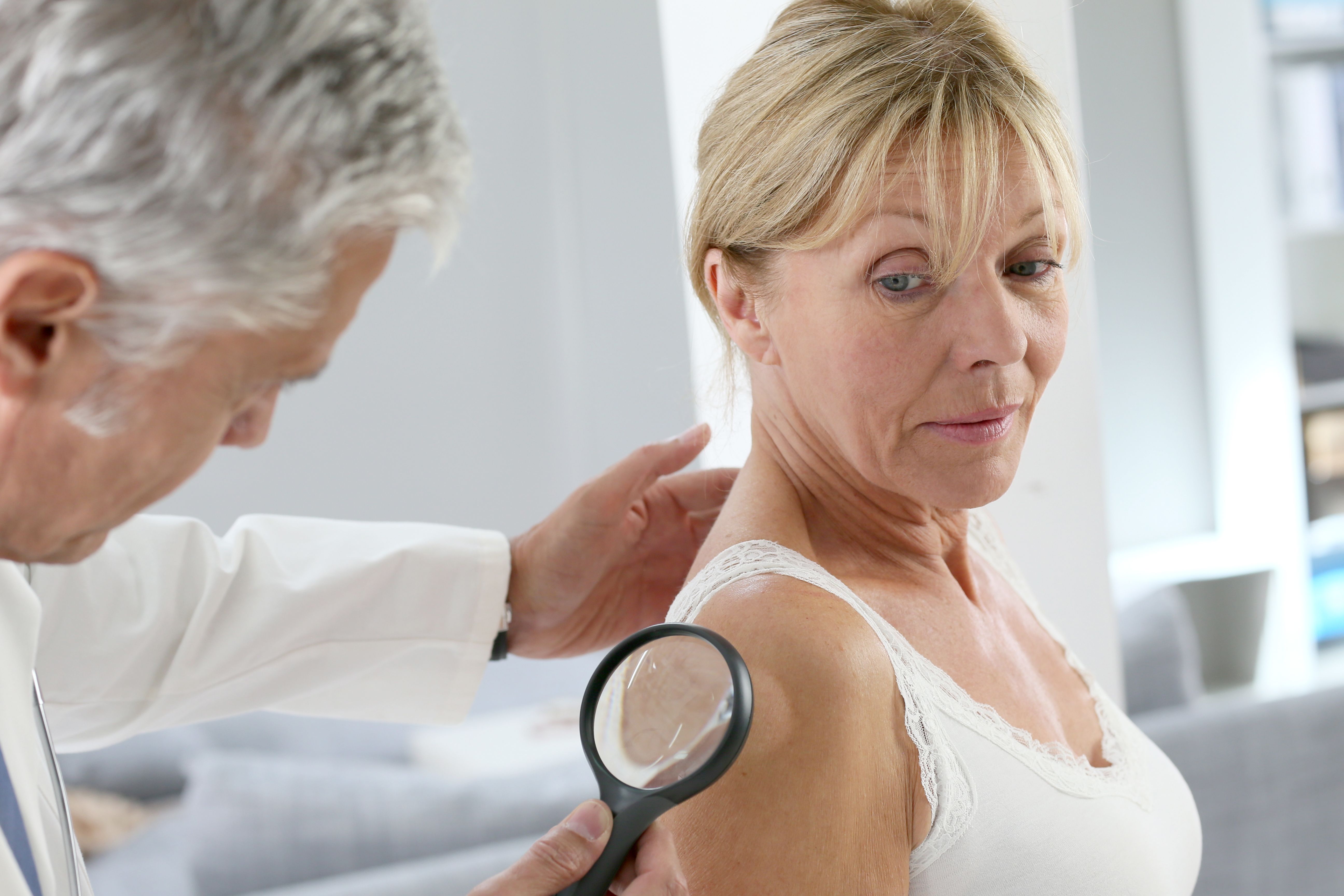Do postmenopausal hormones increase risk of cutaneous melanoma?
New results from a prospective cohort study conflict with finding from previous studies regarding MHT and cutaneous melanoma risk.
©goodluz - stock.adobe.com

A recent prospective cohort study in France has found no strong influence of menopausal hormone therapy (MHT) use on risk of cutaneous melanoma. The results are in contrast to findings from previous studies and conclusions from a 2011 meta-analysis.
The new study, Etude Epidemiologique auprès de femmes de l’Education Nationale, or E3N, was a prospective cohort of 98,995 French women who were aged 40 to 65 in 1990. The aim was to assess associations between MHT use and melanoma risk in a population with access to a wide variety of MHT formulas. That diversity allowed researchers to analyze formulations of estrogen therapy (ET) that aren’t often found in other countries and its findings suggest that social and behavioral factors have a role in the relation between melanoma risk and MHT use.
The researchers assessed MHT use through questionnaires that were self-administered every other year, using Cox proportional hazards regression models to adjust for age and skin cancer risk factors.
From 1990 to 2008, there were 444 melanoma cases among 75,523 postmenopausal women. MHT use was associated with a higher melanoma risk (hazard ratio [HR]=1.35, 95% confidence intervals [CI]=1.07-1.71).
Past users were at the highest risk for melanoma (HR=1.55, CI=1.17-2.07, homogeneity for past vs. recent use: P= 0.11), as were those who used MHT containing norpregnane derivatives (HR=1.59, CI=1.11-2.27), but there was no heterogeneity across types of MHT (P= 0.13). MHTs were classified as: 1) estrogen only (systemic estradiol, conjugated equine estrogens [CEE], or unknown oral estrogens); 2) estrogen combined with a progestogen or an androgen; 3) low potency or “weak” estrogens (promestriene or estriol); or 4) tibolone, other, or unknown. The researchers also distinguished among combined therapies: micronized progesterone, dydrogesterone, pregnane derivatives (chlormadinone acetate, cyproterone acetate, medroxyprogesterone acetate [MPA], medrogestone), nopregnane derivatives (promegestone, demegestone, nomegestrol acetate), and testosterone derivatives. ET was considered as oral, trans-cutaneous, and other or unknown.
Duration of us did not impact melanoma risk, but a higher risk was observed when treatment onset occurred shortly after menopause (< 6 months: HR=1.55, CI=1.16-2.07 vs. ≥ 2 years).
After adjustment for ultraviolet (UV) exposure, associations between MHT use and melanoma risk were similar, but women taking MHT were more likely to report using sunscreen than those who did not use the drugs.
“A surprising finding in our research was the higher risk of melanoma observed among MHT users when therapy onset was close to menopause,” said Marie-Christine Boutron-Ruault, MD, PhD, a co-author of the study. “This pattern was also observed for combined therapies and breast cancer, although there are no clear mechanistic explanations for this pattern to date.”
In the literature, data on breast cancer, the major hormone-dependent cancer in women, show that risk of breast cancer increases linearly with duration of use, and decreases after cessation of use. “Such associations were not found with cutaneous melanoma in our study,” Dr. Boutron-Ruault said.
According to the authors, further investigation is needed to explore potential effect modification by UV exposure in women using MHT. Dr. Boutron-Ruault added that research including social and behavioral descriptions of MHT users is needed to understand the mechanisms underlying the association observed between MHT use and melanoma risk in epidemiologic studies.
In particular, she said, further investigation is needed into whether this association is related to the involvement of steroid hormones in the biology of melanoma, or to the physical and behavioral profiles of MHT users.
The research team recently found a modest positive association between oral contraceptive use and melanoma risk, notably for long durations of use, and a study is under way to explore whether cumulative use of exogenous hormones could influence melanoma risk.
“Although firm conclusions cannot be drawn from our data, socioeconomic factors, notably sun exposure behaviors, could partially explain the associations observed between MHT and melanoma risk,” said Dr. Marie-Christine Boutron-Ruault.
Low creatinine-to-cystatin C ratio linked to postmenopausal muscle loss
March 20th 2025A new study finds that postmenopausal women with a reduced creatinine-to-cystatin C ratio experience decreased muscle volume and slower walking speed, highlighting its role as a potential biomarker for muscle health.
Read More
